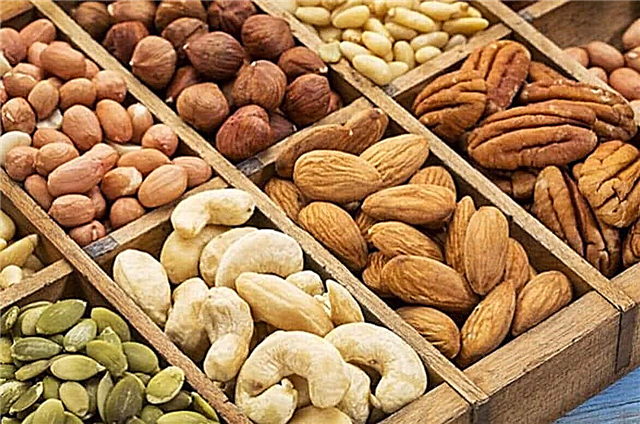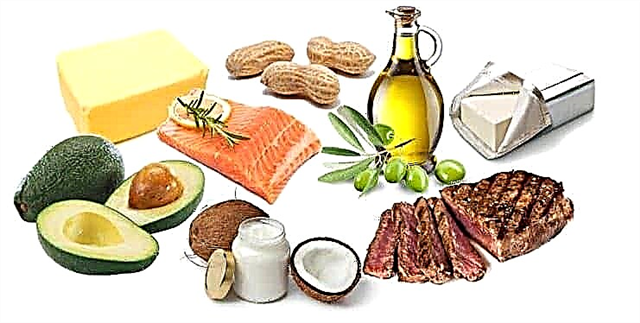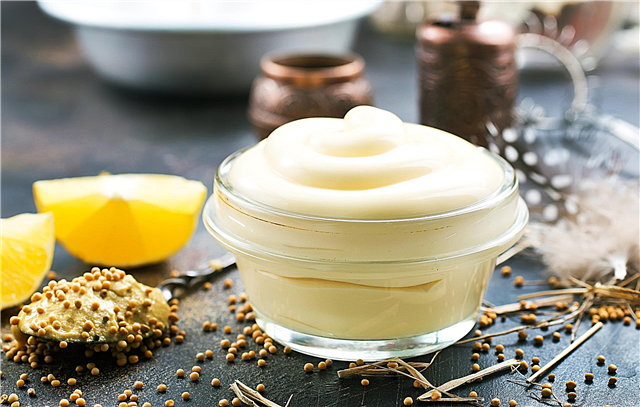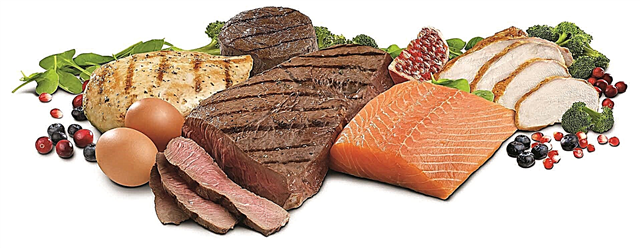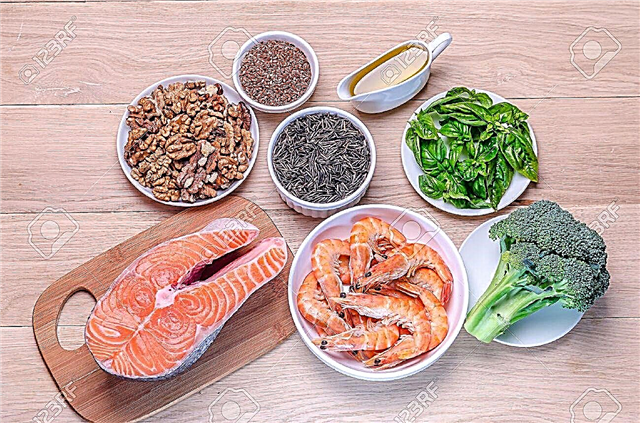Fortunately, the days of low-fat diet fads are long gone, and people are more aware of the importance of eating healthy fats. But still, many of those who choose keto underestimate how much fat they need to eat in order to be successful. So how much fat should you eat on a ketogenic diet?
The importance of fat during keto
Fat is the cornerstone of the ketogenic diet. It is high fat intake (and low carbohydrate intake) that puts your body into ketosisduring which you use ketones as "fuel" and burn your own fat.
Those new to keto often struggle with eating enough fat. Since you are significantly reducing your carbohydrate intake, you need to do the opposite — increase your fat intake to replace the calories you previously received from carbohydrates.
If you are not used to eating fat, it may seem like too much at first. Fat saturates, which is one of the benefits of keto because you can naturally avoid overeating.
Plus, it's important to eat enough calories to avoid any metabolic or thyroid problems. Yes, at the beginning of your keto journey, lowering your calorie intake can help you reduce body fat, but in the long run it will only do harm.

How to increase your fat intake
First, let's look at the overall ratio for a ketogenic diet:
Fat: 70-80%; Protein: 20-25%; Carbohydrates: 5-10%.
You will need to find out how many grams of fat you need specifically using our keto calculatorto calculate your daily calorie, protein, and carbohydrate intake.
Now let's take a look at some of the healthiest fat sources you can include in your diet.
Sources of healthy fats
The best sources are saturated fatty and monounsaturated fats, including:
- Egg yolks (best homemade)
- Healthy oils like coconut oil, olive oil, MCT oil, and avocado oil
- Nuts and seeds (keep track of your overall nut intake and go for higher fat, such as almonds and macadamia nuts)
- Fatty fish
- Avocado
- Butter or ghee
- Cheese
- Fatty yogurt
- Fatty cuts of meat
Protein
Remember that consumption squirrel shouldn't be too high. Always keep your intake moderate, around 15-25% of your total calories, and possibly even lower for some people.
Eating too much protein with a low carbohydrate intake can lead to gluconeogenesisduring which your body converts protein to glucose for energy. This is bad for your body or muscle mass.
A good way to maintain a healthy fat-to-protein ratio is to eat fatty cuts of meat, and fatty dairy products and homemade eggs.
We recommend:
What is bold fasting?
How to measure the percentage of body fat: photo examples


